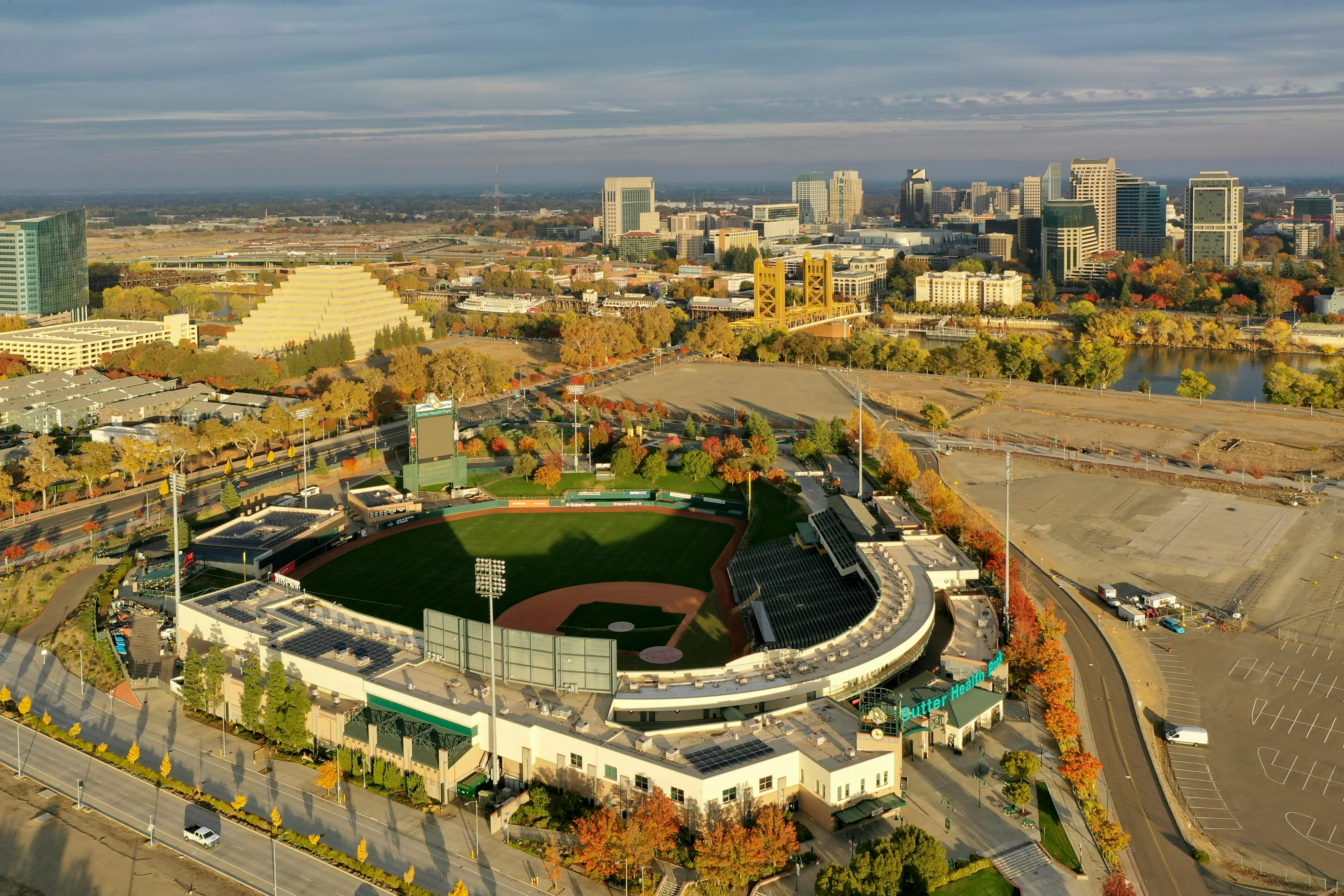Understanding Travel Baseball Cost: Complete Breakdown
Travel baseball has become one of the most competitive and rewarding experiences for young athletes. As exciting as it is, understanding the travel baseball cost is essential for families planning to join a team. In this guide, you’ll get a complete breakdown of expenses, tips to manage your budget, and insights to help you make informed decisions.

Understanding the Fundamentals
Travel baseball is a more serious and structured form of youth baseball that often involves interstate travel, tournaments, and professional coaching. It is known for its rigorous training programs and high competition level.
Grasping the fundamentals of the sport—and its cost structure—helps families avoid unexpected expenses and better plan their investment. Think of it like enrolling in a private school: the upfront costs are high, but the opportunities may be greater.
1.1 Team Registration Fees
Most travel baseball teams require an annual registration fee, which typically ranges from $1,000 to $3,500 per player. This fee covers coaching, administrative expenses, facility rentals, and insurance. According to a 2023 USA Baseball survey, the average team fee is around $2,400.
These fees are necessary to ensure access to quality coaching and regular practice sessions. A common misconception is that higher fees always mean better programs, but that’s not always the case.
1.2 Tournament Entry Costs
Participating in tournaments is central to travel baseball. Entry fees per team range from $300 to $1,000, often shared among players. Some elite events like Perfect Game tournaments can cost even more.
These tournaments provide exposure, especially for players aiming to compete in college. Expect your child to participate in at least 6–10 tournaments annually, significantly impacting the total travel baseball cost.
Practical Implementation Guide
Now that you understand the basics, it’s time to see how to implement a strategy for managing travel baseball expenses. With the right plan, you can enjoy the experience without breaking the bank.

2.1 Actionable Steps
- Assess the Program: Attend tryouts and ask for detailed cost breakdowns before joining.
- Gather the Gear: Players need cleats, gloves, bats, and uniforms—expect gear costs to be $300–$800 annually.
- Set a Family Budget: Calculate tournament travel, meals, and accommodation to prepare for $5,000+ yearly expenses.
2.2 Overcoming Challenges
Families often face surprise expenses, especially during travel-heavy seasons. Be wary of hidden tournament fees, last-minute hotel bookings, and gas prices. Fundraising is a helpful solution—many teams host events or sell merchandise to offset costs.
Experts recommend using budgeting apps to track spending and keep receipts for potential tax deductions on youth sports-related travel.
Advanced Applications
As your child grows in the sport, so does the complexity—and cost—of participation. Advanced players may attend showcases or hire private trainers, adding thousands of dollars to your annual budget.

3.1 Showcase Events and Exposure Camps
Showcases give players the chance to be seen by college scouts. These events can cost $400–$800 each, plus travel and lodging. Players aiming for college scholarships often participate in multiple showcases each year.
In one case study, a top-tier 16U player invested $3,500 in showcase events over two seasons and landed a Division I offer—demonstrating a long-term return on investment.
3.2 Private Coaching and Training Facilities
Advanced players often work with personal coaches or attend performance centers. Costs range from $50–$100 per session. While optional, this training can significantly improve skills and competitiveness.
Make sure these sessions complement, not replace, team practices. Integrating this training can elevate performance, especially during recruiting years.
Future Outlook
Travel baseball is evolving, with more focus on player development, mental training, and technological tools like swing analyzers. Costs will likely rise as these innovations become standard.
Experts predict a 10–15% increase in travel baseball cost over the next 3–5 years. Families should start saving early and explore programs with transparent pricing and scholarship opportunities.
Conclusion
In summary, travel baseball cost includes team fees, gear, travel, tournaments, and optional training. Understanding these components helps families prepare and manage their budget efficiently.
If you’re considering travel baseball, start by researching local programs and outlining a financial plan. This experience can be incredibly rewarding with the right preparation and mindset.
Frequently Asked Questions
- Q: What is travel baseball? Travel baseball is a competitive youth sport where teams play in regional and national tournaments, often requiring significant travel.
- Q: How do I get my child started? Look for local tryouts or community flyers. Start by attending open practices to get a feel for the team environment.
- Q: How much time does travel baseball take? Expect 2–3 practices per week and tournaments on weekends. Seasons often run from spring through summer.
- Q: What does travel baseball cost? Total yearly expenses typically range from $3,000 to $10,000 depending on the team, travel, and extra training.
- Q: How does travel baseball compare to recreational leagues? Travel teams offer higher competition and coaching, but cost significantly more and demand more time.
- Q: Is travel baseball hard to learn? It builds on basic baseball skills but includes more strategy, speed, and expectations. Players need to be committed to improvement.
- Q: Can this help with college recruiting? Yes. Many college scouts attend travel baseball events, making it a valuable path for serious athletes aiming for scholarships.
